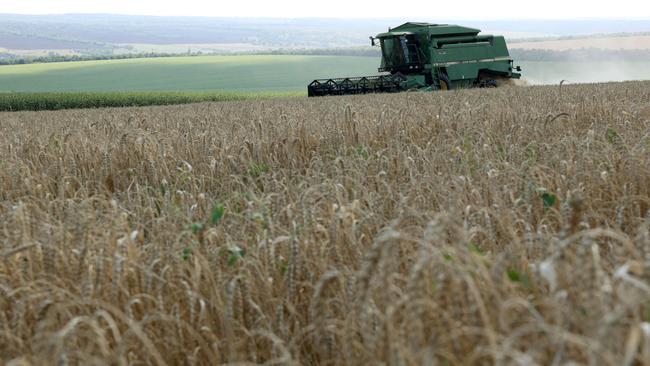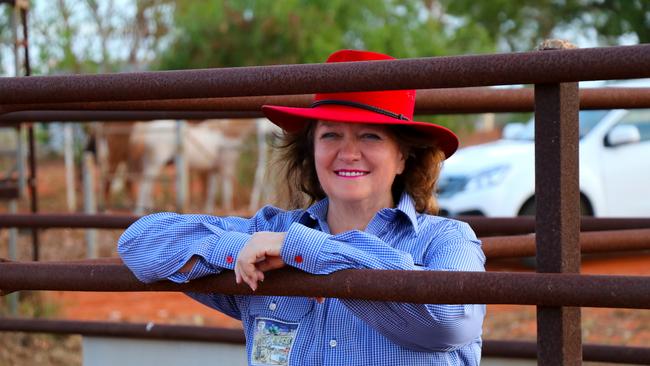
The remarkable jump in prices for agricultural land stands in sharp contrast to residential prices. According to a recent report from PropTrack it has taken 15 years for house prices to double.
Even with an anticipated slowdown in the coming months, farmland prices are still expected to move at triple the pace of residential property this year.
Some of Australia’s best known business tycoons have been making substantial investments in farmland, led by iron ore magnates Gina Rinehart and Andrew Forrest, along with Atlassian chief Mike Cannon-Brookes and retailing king Brett Blundy.
Meanwhile foreign buyers, including UK and Canadian pension funds, have also been picking up rural holdings throughout the recent land boom.

Farmland in the wheat belts has been the standout as a $3.3bn lift in production created an all time record of $13bn in 2022. As Nerida Conisbee of the Ray White group suggests: “The strong performance in wheat has a strong flow on impact to farming communities and farm values. It also results in record house price rises in many wheat farming regions, particularly the WA wheat belt.”
In common with wider farmland sector, wheat farms have benefited from a combination of good rains along with the disruption of global food supply following Russia’s invasion of Ukraine.
Higher crop prices in the year ahead may be set against lower production volumes, which will slow overall agricultural production growth.
According to the Australian Bureau of Agricultural and Resource Economics and Sciences (ABARE), the overall value of total agricultural protection will fall by 14 per cent next year, largely due to expected drier conditions as the weather pattern changes from La Nina to El Nino.
Median farmland prices have grown most in the high rainfall zone, increasing by 125% over the last three years to almost $9000 per hectare
This year will see a moderation of price growth but total farmland values are expected to continue moving higher at a forecast rate of more than 10 per cent according to the agricultural specialist Rabobank. House prices on the other hand are expected to lift by just 3 per cent this calendar year, according to Commonwealth Bank.
Looking ahead, wheat farms again appear to be among the most promising sectors. Industry analysts believe that prices will increase in the coming months as uncertainty of wheat supply again hits global markets.
Wheat prices are already responding to last week’s abandonment of the Ukraine wheat deal by the Putin regime – the deal had ensured safe passage for wheat from Ukraine. Wheat prices are now at a six-month high.
Prices are also expected to be strong for farmland in the rice growing Riverina district after the Indian government recently banned exports of rice to deal with domestic shortages.
However, most of the high-profile richlister money that has entered the farm sector has been for cattle stations … and cattle prices have halved from where they were in February 2022.
With offshore buyers remaining a key component of the lift in farmland prices, the Asian Association of investors in non-listed real estate vehicles – which runs the Australian farmland index – reported the performance of Australian farmland investments moderated considerably during the first quarter of calendar 2023. On a quarterly basis, the Australian Farmland Index record its lowest one-year annualised return since inception in Q1 2015.
However, the Hong Kong-based group continues to forecast buoyant conditions suggesting Australian farmland owners have been enjoying “idyllic back-to-back seasonal conditions and relatively strong commodity prices”.
“In general, farmers in these sectors have been able to pay down debt and recover losses from the prior drought periods to 2020. Traditional bank financiers have remarked on the current strength of farm balance sheets. To date there is little evidence of the impact of rising interest rates on the lending appetite for the agricultural industry, however, this cannot be discounted given some challenges in the current climate and commodity price outlook,” it suggests.







Property investors would have been much better off buying a farm instead of a house over the last three years, as farm prices have doubled.